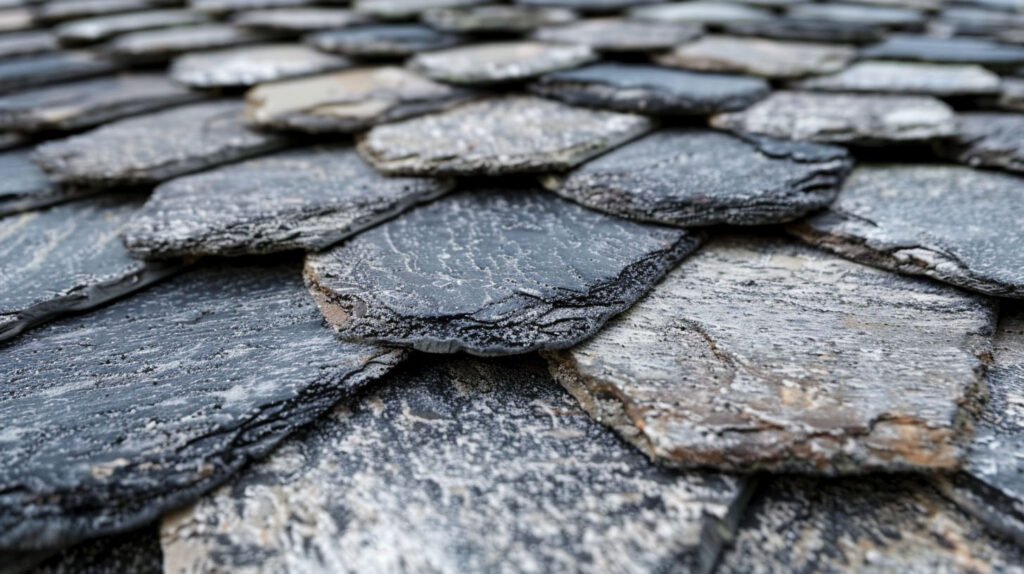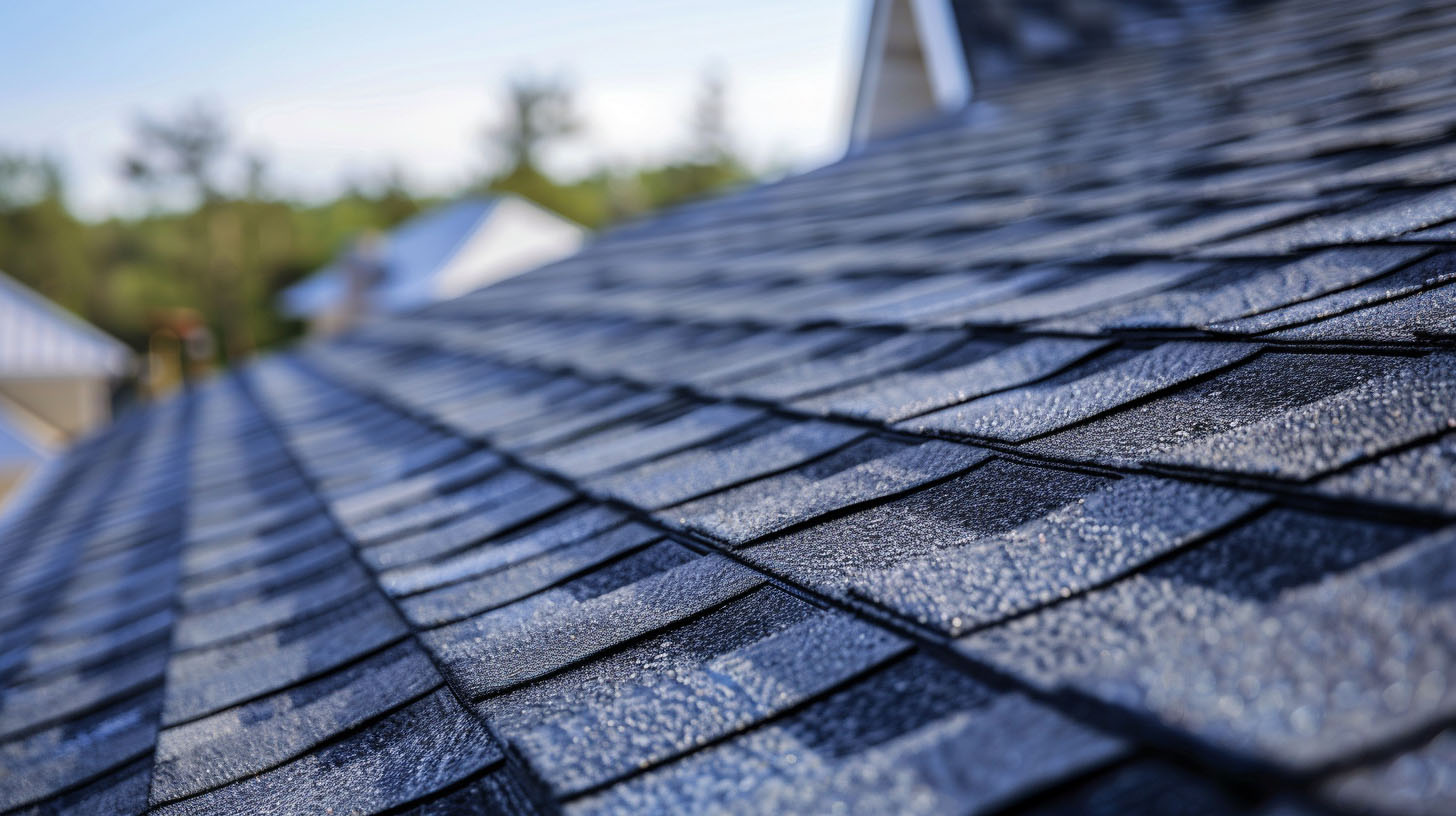The Lifecycle of Common Roofing Materials
Choosing the right roofing materials is about more than aesthetics—it’s about understanding their life cycle, maintenance needs, and durability. At Specialist Roofing & Repair, we emphasize that investing in materials with long lifespans and proper upkeep can transform your roof into more than just protection; it becomes a valuable asset for your property. Whether it’s the cost-effective asphalt shingles or enduring metal and slate roofs, our team is here to help you determine what works best for your home. Let’s explore what shapes a roof’s life expectancy and ensures timely roof replacement when needed, all while providing expert service tailored to your specific roofing needs in Orange County, CA.
Understanding the Lifecycle of Roofing Materials
The life cycle of roofing materials revolves around their ability to withstand local climates, installation quality, and ongoing maintenance. From the moment your roof is installed, its lifespan depends on numerous factors, including proper sealing, routine care, and selecting the optimal type of roofing material for your needs.
Different roofing choices offer varying life expectancy, making it crucial to balance your budget with your long-term expectations. Well-informed decisions paired with regular roof maintenance can help preserve the longevity of your roof’s life cycle.
Why Roof Lifespan Matters for Homeowners
Understanding the lifespan of a roof is crucial for homeowners aiming to protect their investment. A well-maintained roof not only enhances property value but also provides peace of mind against potential leaks and structural damage. Knowing the average roof lifespan helps in budgeting for replacement costs and planning regular inspections. Different roofing materials, such as architectural asphalt shingles or metal roofs, offer varying durability and maintenance needs, making informed choices essential for long-term satisfaction and energy efficiency in your home.

Key Stages in a Roof’s Lifecycle
Starting with the installation phase, a roof’s lifecycle begins with the proper installation techniques that dictate its overall performance. Following installation, regular maintenance is critical, including inspections to assess wear and tear, especially after extreme weather conditions. Over time, minor issues such as missing shingles can escalate if prompt repairs are not made, impacting the roof’s lifespan. Eventually, as roofing materials age, will reach a point where replacement costs become more economical compared to continual maintenance, marking the end of their lifecycle.
Asphalt Shingles: Durability and Maintenance
The durability of asphalt shingles, however, depends heavily on installation quality and the specific type of roof chosen. When installed professionally and maintained properly, asphalt shingles can serve you well for decades, requiring minimal upkeep while providing reliable protection from the elements.
Expected Lifespan of Asphalt Shingle Roofs
Asphalt shingles, a popular choice among homeowners, typically offer a lifespan ranging from 15 to 30 years, depending on factors like installation quality and the type of shingles used. Architectural asphalt shingles tend to last longer due to their layered structure, providing enhanced durability against extreme weather conditions. Regular roof inspections and proper maintenance can significantly extend the longevity of your roof, allowing for prompt repairs of minor issues like missing shingles or water stains before escalate into major repairs.
Factors Impacting Asphalt Shingle Performance
The performance of asphalt shingles hinges on various critical factors that can significantly influence their longevity. Extreme weather conditions, such as high winds and heavy snowfall, can lead to missing shingles and necessitate prompt repairs. Temperature fluctuations also play a role, impacting the material’s integrity. Regular inspections and proper maintenance are essential for identifying small issues before escalate into major repairs. Additionally, the quality of the initial installation and local climate conditions can affect how well the shingles withstand the test of time.
Metal Roofing: Longevity and Performance
Renowned for its remarkable lifespan and durability, metal roofing provides a solid roofing option for anyone seeking long-term results. With lifespans ranging from 40 to 70 years, these roofs outperform most other roofing materials in regions with harsh weather.
Beyond longevity, metal roofs also offer excellent energy efficiency by reflecting sunlight and maintaining indoor temperatures better. With professional installation and protection against corrosion, you’ll enjoy a roof that requires minimal upkeep while maximising its life cycle.
How Long Does a Metal Roof Last?
When choosing metal roofing, you can expect a lifespan greatly exceeding many other roofing materials. Metal roofs last between 40 to 70 years, depending on material and care.
In areas with severe weather like high winds or heavy snowfall, metals like steel perform exceptionally well, offering unmatched durability. Copper roofs, though pricier, showcase lifespans exceeding 70 years.
Ensuring you pick the right roofing material and installing it professionally can protect your home for decades, offering reduced replacement costs and increased peace of mind.

Maintenance Tips for Extending Metal Roof Life
Proper maintenance ensures your metal roof’s lifespan remains optimal:
- Regular roof inspections: Detect and address small issues early.
- Prompt repairs: Fix potential vulnerabilities before grow serious.
- Professional roofing contractors: Expertise guarantees repairs are executed effectively.
- Removing debris: Prevent trapped moisture and corrosion that compromise performance.
Being proactive about your roof maintenance prevents larger expenses and ensures your metal roof remains a robust defender against the elements.
Tile and Slate Roofs: Timeless Beauty, Lasting Strength
Combining elegance with endurance, tile roofs and slate roofs offer the perfect mix of aesthetic appeal and strength. Concrete tiles and clay tiles, often synonymous with timeless designs, are ideal for homes prioritizing longevity.
On the other hand, slate roofing captures attention with its durability and ability to last over a century with proper installation techniques. These materials not only safeguard your home but do so while enhancing its architectural beauty.
Tile Roof Lifecycles in Orange County’s Climate
In sunny Orange County, clay and concrete tiles thrive in the local climate, requiring minimal upkeep. These materials withstand intense weather conditions, from high UV exposure to occasional rainstorms.
While concrete tiles last around 50 years, clay tiles can exceed a century if well-maintained. Their resistance to decay from UV rays makes ideal for hotter areas.
Always ensure professional roof installation to maximise these roofs’ longevity and minimise structural concerns over time.
The Lifespan and Care of Slate Roofs
Celebrated for durability, slate roofing remains a stellar option for lasting value. With lifespans reaching up to 200 years under good care, proper installation and upkeep play a significant role.
Routine regular maintenance such as cleaning debris and inspecting for cracks maintains this longevity—even through severe weather. Investing in slate guarantees a lifespan of a roof unmatched in strength and aesthetic elegance.
With expert handling, slate adds architectural charm while safeguarding against wear from elements over generations.

Trust the Experts
A comprehensive understanding of various roofing materials and their lifecycles empowers homeowners to make informed decisions. By recognizing the significance of regular inspections and proper maintenance, one can enhance the longevity of their roofs, whether opting for asphalt shingles, metal roofing, or timeless slate. The impact of climate conditions cannot be overstated; selecting the right roofing material suited to local weather patterns ensures both durability and aesthetic appeal. As an Owens Corning Platinum Preferred Contractor and Polyglass Quantum Contractor, alongside our BBB A+ Rating, we are committed to providing top-notch roofing solutions. Ultimately, investing in appropriate roofing solutions guarantees peace of mind and maximizes roof life.
Frequently Asked Questions
What is the life cycle of a roof?
A roof’s life cycle includes key phases: roof installation, routine regular inspections, occasional major repairs, and eventual roof replacement. Proper care and quality roofing materials help maximize durability and functionality through each stage.
What is the life expectancy of roof materials?
The life expectancy of roofs varies by material: asphalt shingles last 15–30 years, metal roofing exceeds 40–70 years, and slate roofs can last over a century. Selecting durable roofing materials ensures optimal lifespan suited to your needs.
Read our blog: How to Budget for a Roof Replacement



